The 1502 Progress: Raglan Castle, Monmouthshire
Itm the same day to the Quenes purs by thandes of my Lady Elisabeth Stafford at Raglang [ Raglan Castle ].
The Queen’s Chamber Books
Raglan Castle: Key Facts
– The Raglan Castle we see today is one of the last great late-medieval/Tudor castles built during the 15th and 16th centuries.
– Raglan Castle was Wales’s administrative centre for the last Marcher area.
– The Herbert family, staunch Yorkists, owned it during The Wars of the Roses.
– Henry VII spent seven years at Raglan Castle as a ward of Sir William Herbert.
– William’s son, Walter, was brought up alongside Henry Tudor and became a friend and loyal courtier, fighting alongside Henry at the Battle of Bosworth in 1485.
– Elizabeth of York and Henry VII stayed for around a week at the castle in 1502 (circa. 19 – 26 August).
Raglan Castle: Arrival and Family Ties
When Elizabeth and Henry left Troy after five days of hospitality, they had only a short seven-mile journey in a south-westerley direction to reach their next destination, Raglan Castle (or ‘Ragland’ as it was known until at least the early nineteenth century).
An 1801 account of the road from Monmouth to Raglan describes the scenery the royal couple would have encountered as they began their journey, ‘On leaving Monmouth the road leads for near two miles thro’ a pleasant enclosed valley, skirted by gentle swellings, clothed or cultivated to their summits but gaining the higher ground at Wonastow. The view unfolds itself in a beautiful and extensive manner, over a rich and fertile country…’
The royal party arrived at Raglan Castle on or around 19 August. Their stay there was the apex and, in many ways, the centrepiece of the visit with its incumbent lord, the King’s loyal and erstwhile brother-in-arms, Sir Walter Herbert, playing host.
However, interestingly, although Sir Walter was resident and host for this visit, he was not technically the owner of Raglan at the time. By this point, the castle had passed into the hands of Charles Somerset, Lord Herbert (later 1st Earl of Worcester). He had inherited his early title of ‘Lord Herbert’ by right of his wife, Elizabeth, the only surviving child of Sir William Herbert, 2nd Earl of Pembroke, who died in 1491. Despite not inheriting the castle, Sir Walter was allowed to continue in residence, administering the estate until he died in 1507.
Raglan is best described as a palace-fortress with clear defensive architectural features blended with some of the most luxurious lodgings money could buy. And, since the Herbert family had long established themselves as overlords of the area with close ties to the Crown, there was plenty of that to go around!
The castle was situated in a strategically important spot, adjacent to the Monmouth to Abervagenny Road and close to the border with England. As we read in the previous blog, this border area was renowned for its lawlessness and was ruled by the so-called ‘Marcher Lords’. In 1465, a new (and also the last) Marcher lordship in Wales was created of Raglan, with the castle undoubtedly serving as the administrative centre, overseeing the governorship of the region on behalf of the English Crown.
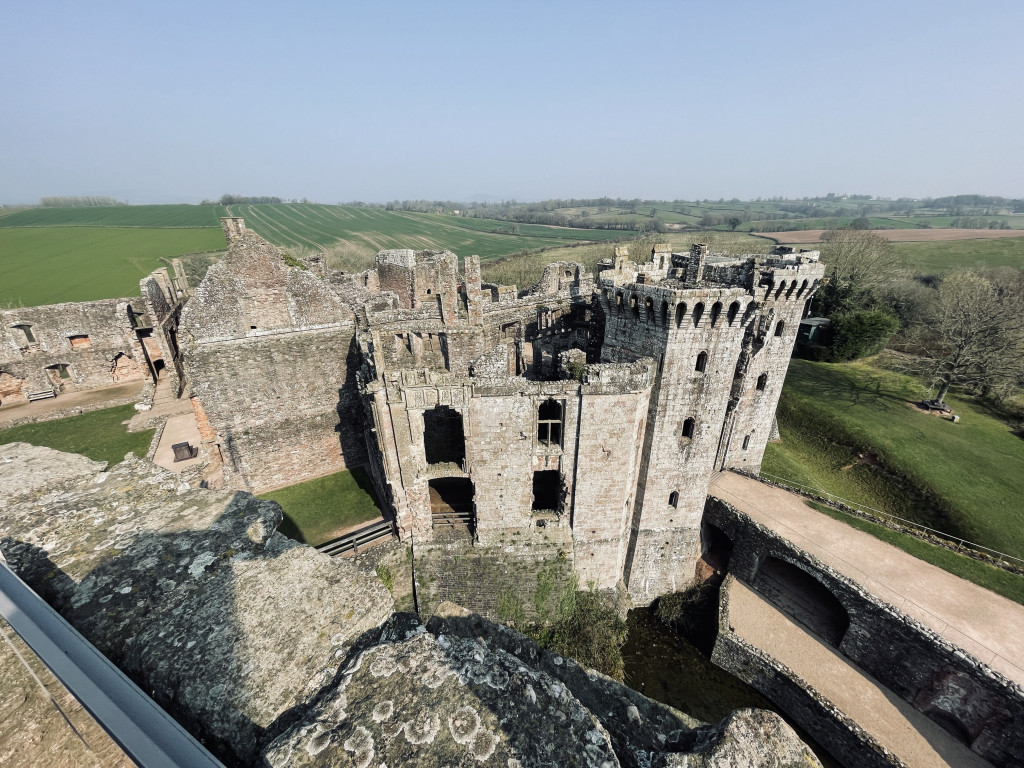
Even today, with substantial surviving ruins, the sight of Raglan Castle, raised slightly on a plateau of land and dominating the surrounding countryside, is impressive. As the royal party approached their destination, one can only imagine Henry Tudor’s nostalgic remembrance of a distant past and his youth spent at Raglan. However, it was not just the King who had ties with the castle. Elizabeth was a kinswoman of the only surviving daughter of the late Sir William Herbert. She was another Elizabeth, and her mother was Mary Woodville, sister to Elizabeth Woodville, who was, of course, Elizabeth of York’s mother. However, whether Elizabeth Herbert was also present at Raglan to greet her cousin is unknown.
The Story of Raglan Castle: The Rise and Rise of the Herberts
The magnificent castle at Raglan exists today thanks to a Welshman from a minor gentry family, William ap Thomas. The tale of this family is entwined with the bloody struggle for the English throne in the mid-fifteenth century, a struggle we know today as The Wars of the Roses.
William ap Thomas married well; two wealthy heiresses provided the money that allowed him to begin building a grand, new house on the site of an earlier medieval fortress. His son, another William, would complete the job. The latter left behind a magnificent palace-fortress, whose architectural splendour and size rivalled any royal residence of the period.
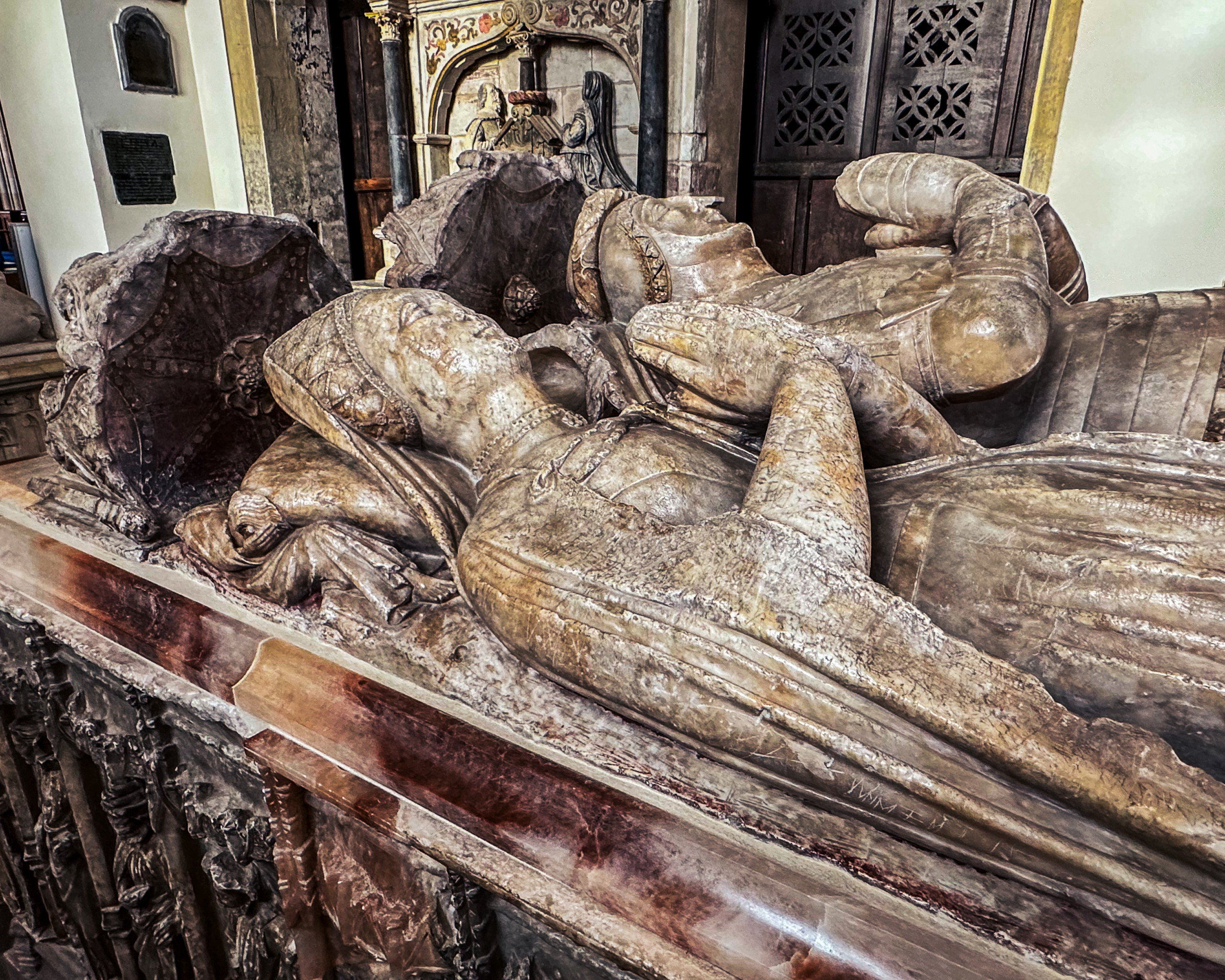
The younger William restyled himself, anglicising his family name to ‘Herbert’. His fate would be inextricably linked to the English Crown for the remainder of his life. William Herbert fought for the Yorkist cause alongside Edward, Earl of March, at the decisive battles of Mortimer’s Cross and Towton. The bloody struggle saw the House of York seize the throne, and the Lancastrian forces routed. The new King Edward IV showed his gratitude to William by endowing him with wealth and status, and he was knighted at Edward IV’s coronation. Sir William Herbert was now an extraordinarily influential and wealthy man at court, and Edward IV entrusted his loyal servant with ruling large swathes of Wales on his behalf.
Even though the House of York now held the Crown of England, pockets of stubborn Lancastrian resistance remained, notably in Northumberland and Herbert’s home country, Wales. William Herbert was assiduous in routing the remaining resistance, laying siege to two notable Lancastrian strongholds: Harlech and Pembroke Castles. At the time, Pembroke was the home of Jasper Tudor, the half-brother of the deposed King Henry VI and the guardian of a young Henry Tudor.
Little Henry was just four years old when William Herbert laid siege to Pembroke. The castle eventually fell, and Jasper Tudor fled abroad, leaving Henry behind. The young boy was taken by Sir William, who acquired Henry’s wardship from the king in return for paying a large sum of money to the Crown.
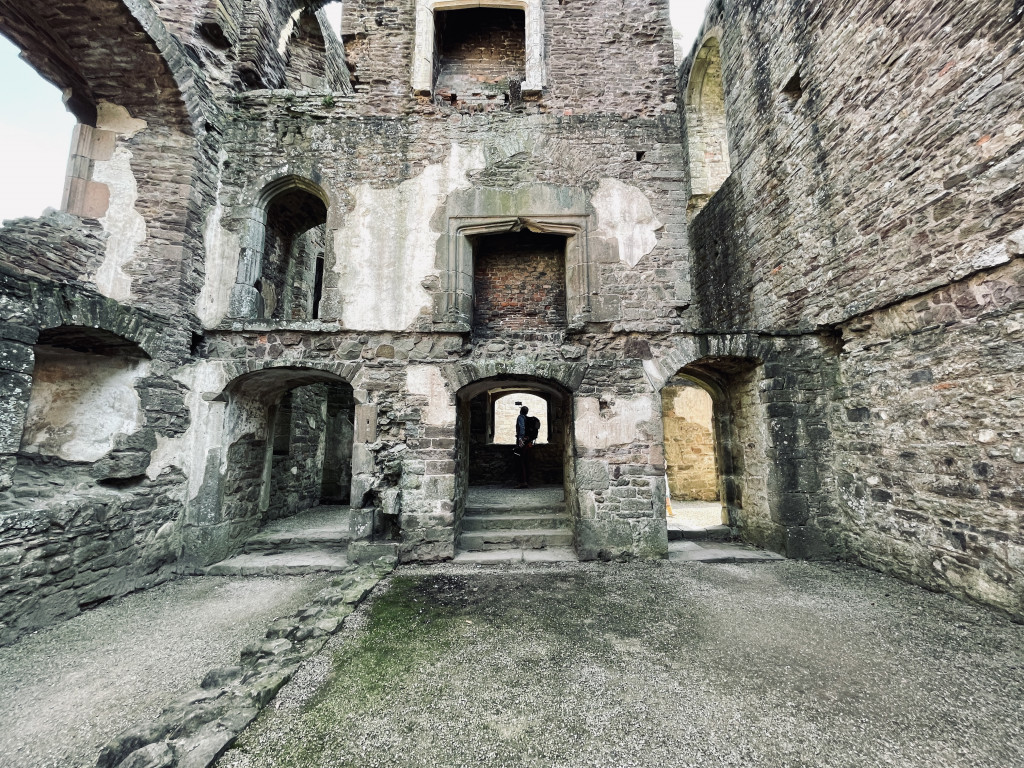
For seven years, Henry Tudor lived at Raglan Castle as a ‘prisoner’ (Henry’s own words, uttered much later, once he was king). However, he was treated more like a welcome house guest, learning from the best tutors that money could buy, alongside Sir William’s two sons, Walter and (another) William. The bonds of friendship forged between these young boys in the schoolroom at Raglan would see Walter Herbert fight alongside Henry and the Lancastrian cause many years later at the Battle of Bosworth. Henry’s stay at Raglan as the ward of Sir William eventually ended in 1469 when the latter was executed following the Yorkist defeat at the Battle of Edgcote.
Pleasant Pastime
An item listed in the Queen’s Chamber Books places Elizabeth of York at Raglan by 19 August, when money was given to Lady Elizabeth Stafford for ‘the Quenes purs [purse]’. Here, we see the Queen once more surrounded by family ties, for the unmarried 23-year-old Elizabeth was a first cousin of the queen through the maternal side of her family. Her mother was Katherine Woodville, another sister to Elizabeth of York’s own mother, Queen Elizabeth Woodville. Katherine had been Duchess of Buckingham until her husband was executed on the orders of Richard III in 1483. She then married Jasper Tudor, uncle, mentor and loyal subject of King Henry VII.
The same day, the queen received a gift of a ‘payre of clavycordes’, delivered to the castle by a ‘strangier’ and paid for by Hugh Denys. Denys was the Groom of the Stool to Henry VII. As such, he presided over the King’s Privy Chamber, making Hugh Denys one of the most influential men at court.
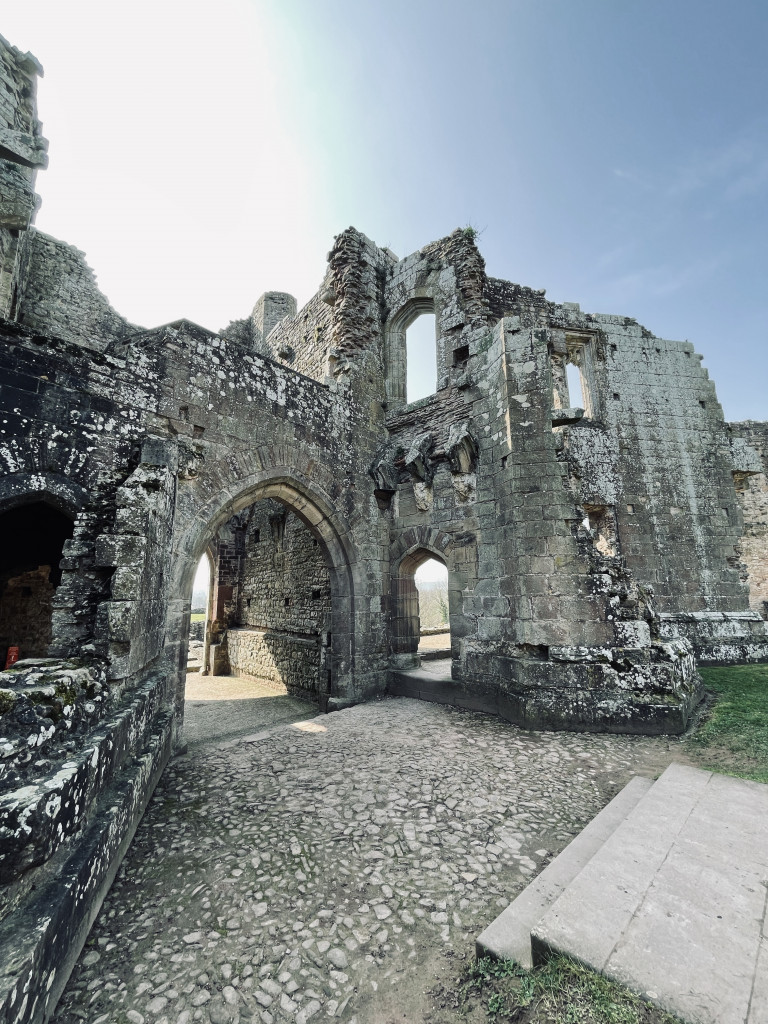
Another item gives us a glimpse into more of the royal pastime on offer, with £10 paid to the queen at ‘Tabuls’ [Tables] (meaning, a board game such as backgammon), received by another of the Queen ladies, ‘Mistress Lee’. It is unclear to me who ‘Mistress Lee’ was. Given her title, she was evidently another unmarried ‘maid of honour’ attending the Queen. I do wonder whether she was from the Lee family, one of whose sons, Sir Anthony Lee of Quarrendon, would later marry Margaret Wyatt of Allington Castle, sister to Thomas Wyatt and friend and neighbour of the Boleyns.
The only other note in the Chamber Books concerns another offering made at a religious site. On 22 August, an item records money paid to the King’s Almoner for an offering made on Elizabeth’s behalf (as the site was over 40 miles away from Raglan and across the Severn Estuary, I suspect Elizabeth did not travel there in person).
The holy shrine in question was that of St Anne in the Woods at Brislington, near Bristol. Anne was the mother of the Virgin Mary and patron saint of sailors, ports and harbours. According to this account by Chris Lovegrove, St Anne’s was once a popular place of pilgrimage comprising a sizable chapel, a well, an image of St Anne and ‘thirty-two model ships and boats, then worth about 20 shillings each, used for receiving offerings in the 15th century.’
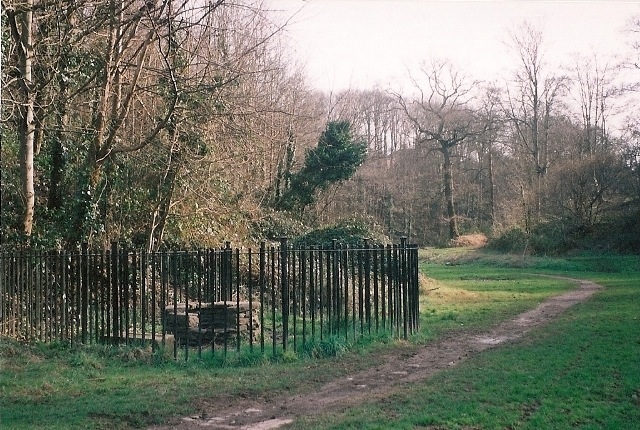
At the time of this progress, it was under the guardianship of Keynsham Abbey. However, St Anne’s shrine began a long decline into ruin after the Dissolution. The chapel is now gone, swallowed up under the sprawl of Bristol’s suburbs. However, the well endures and can be visited, and, until recently, it was the focus of a St Anne’s Day Pilgrimage by locals.
Raglan Castle: A Rare, Late Medieval/Tudor Castle
The surviving ruins at Raglan are unusual in that they are a rare example of a castle primarily built during the late medieval/early Tudor period. Much of the early castle was swept away by the rising fortunes of the Herberts and subsequent and extensive refurbishment of the castle in the late fifteenth and sixteenth centuries.
The building work at Raglan first flourished during the senior Sir William’s guardianship in the second half of the fifteenth century when he presided over this part of Wales as Edward IV’s ‘master lock’. He is credited with building the impressive gatehouse, flanked by striking octagonal towers and embattled machicolations.
However, the castle was to reach its zenith around 100 years after Elizabeth of York and Henry VII’s visit in the wake of the success of the third and fourth Earls of Worcester, William (d.1589) and Edward (d.1646), respectively. While William served Edward VI, Mary I and Elizabeth, it was during the Elizabethan age that both men truly thrived, with Edward Somerset becoming a particular favourite of Queen Elizabeth I.
Earl William developed the Great Hall by inserting a new hammerbeam roof and raising the gatehouse’s height by one floor. A private dining room was added just off the Great Hall, and most notably, he inserted a fashionable long gallery on the second floor, for it would have been unthinkable for such a grand house of the age not to have one!
The far window of the gallery (whose stone moulding can still be seen today) would have afforded spectacular views over the Earl’s splendid new garden, the countryside and hills beyond. Meanwhile, the fourth Earl, Edward Somerset, is renowned for adding to the magnificent gardens installed by his father. He added, ‘a large formal water garden or water parterre at the northern end of the great lake, with a summer house to one side’.
While there are distinctive defensive features associated with the castle, there is no doubt that Raglan was a luxurious residence built by stonemasons of the highest calibre. It was accessed by the instantly recognisable gatehouse that led into the first of two courtyards. The outer courtyard at Raglan is known as the Pitched Stone Court. In keeping with any outer courtyard of a castle or Tudor palace, it was surrounded by service offices and kitchens. A prominent feature is a porch, which draws us in to explore the lower end of the Great Hall. This occupied a central part of the cross-range that divided the outer from the inner courtyards.
Like all the buildings at Raglan, the Great Hall is now roofless. The screen, and hence any pre-existing screen’s passage, has gone. But the scale of the hall is clear.
Other notable architectural features standard to any great hall of the period can also be seen here. The towering oriel window that once illuminated the high end is a fine feature added during the Elizabethan age. The passages leading to the pantry, buttery and the kitchen at the lower end are still intact. However, the door leading to the privy lodging range at the high end is gone. Through this now gaping hole, the lord and his lady would have retired to occupy a suite of rooms looking out over the moated keep on one side and the inner courtyard on the other.
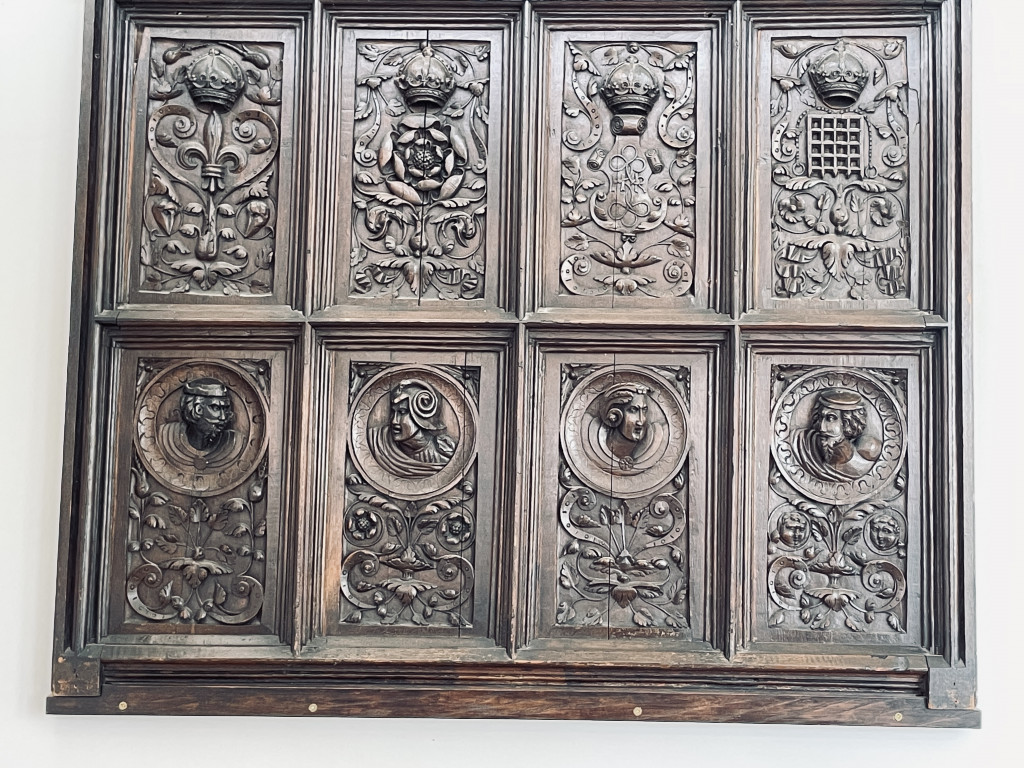
This second courtyard was known as Fountain Court because of the fountain at its centre. The eye is drawn by the remains of an elegant processional stair which led up to the first floor and an integrated series of guest suites, each consisting of two or three chambers. You can climb the stairs and access a tower. Views from the top of the tower provide some of the most dramatic photo opportunities of the castle’s ruins and surrounding countryside.
You will also find the chapel’s footprint across the courtyard and adjacent to the Great Hall. Standing in the space once occupied by the chapel with the hall on your right, look up to see the remains of a Tudor window. This was the one found at the end of the Elizabethan long gallery. Unfortunately, the window is all that remains to speak of its presence at the castle.
Finally, you will want to cross the bridge leading from the most high-status privy lodgings into the distinctive tower, sited in the middle of the surviving moat. It was built on the orders of William ap Thomas as a defensive feature. The apartments in the tower were self-contained, with a well and a kitchen on the ground floor, a great chamber on the first floor, and further living accommodation on the floors above. This tower was protected by a drawbridge, allowing the family to retreat into the Tower should the castle come under attack.
Around one week later, with the visit complete, the court left Raglan and moved on to another mighty Monmouthshire Castle, one that had deep roots in Wale’s medieval past: Chepstow Castle. We will visit this location in our next blog.
THE NEXT STOP ON YOUR PROGRESS IS CHEPSTOW: Click here to continue.
Visitor Information
Raglan Castle is a spectacular place to visit, and as one of the childhood homes of the future Henry VII, it holds enormous significance for any Tudor enthusiast.
The castle has no cafe, although you can pick up bottles of water, cans of drink, and ice cream from the visitor centre. There are toilets on-site. There is a large grassy area with a handful of picnic tables. With a view of the castle and the surrounding countryside, this makes for a lovely place to enjoy a packed lunch.
There is parking on-site, adjacent to the castle. If you want to see more of Raglan, I also used the castle as an example of how to read a Tudor ‘house’. You can watch that video here:
Other Nearby Tudor Locations of Interest:
Chepstow Castle (15 Miles): Chepstow is another location on the 1502 progress. This mighty medieval fortress is a fascinating castle, both historically and architecturally. During the Tudor period, it was owned by the Earls of Worcester, with Elizabeth Browne, Countess of Worcester (the woman whose words were first used against Anne Boleyn to ignite the destruction of the Boleyn faction), is buried in the nearby parish church. Just be sure to check it is open before you visit! I will write more about this location in a subsequent entry.
Tintern Abbey (15 Miles): If you love wandering among abbey ruins, nearby Tintern, nestled in the glorious Wye Valley, will be just the ticket. As any medieval abbey, it was slighted following its Dissolution in 1539 and, therefore, is inextricably linked to the seismic religious changes that shook England to its core in the 1530s. You can check out the Cadw website here to learn more about visiting Tintern Abbey.
St Mary’s Priory, Abergavenny (9 Miles): Sometimes referred to as The Westminster Abbey of Wales, St Mary’s Priory in Abergavenny is a delightfully satisfying stop on the Tudor trail. It contains several fabulous medieval and Tudor tombs, most of them members of the Herbert family of Raglan. The most notable in so far as our account is concerned, is the tomb of William ap Thomas (the founder of the castle we see today) and his second wife, Gwladus (the Star of Abergavenny). Look out for the stalls carved with Tudor heraldry in the choir stalls, which were placed there for Arthur Tudor and Katherine of Aragon, who resided in Ludlow in the Welsh Marches. As far as I know, they never visited.
The church itself is all that remains of the original Benedictine monastery of St Mary. Entry is free and is always staffed by wardens, should you have a question. However, get there in the morning or early afternoon, as the church closes at 2 pm.
Also in Abergavenny is the Catholic Church of St Mary, which houses the other 1502 chasuble and, if you are lucky, prior arrangement will allow you to see it.
Skenfrith, Monmouthshire (13 Miles): Take a 13-mile excursion to the small village of Skenfrith. In the local church (St Bridget’s), you will find the Skenfrith Cope on display. This magnificent garment is dated to the late 1400s and is thought to have been one of the church vestments given to the local religious community by Elizabeth of York and Henry VII during their stay at Troy House or Raglan (although I understand more recently this provenance has been disputed). Still, it is a magnificent survivor of the period.
Tretower Court: (19 Miles): Tretower Court evolved from the adjacent Tretower Castle site and is a scarce example of its type in that it shows how a castle gradually developed into another significant type of medieval building, the fortified manor house or defended house. It is linked with the Herbert family of Raglan Castle fame and the Vaughan family, who fought prominently for the Yorkist cause during the Wars of the Roses.

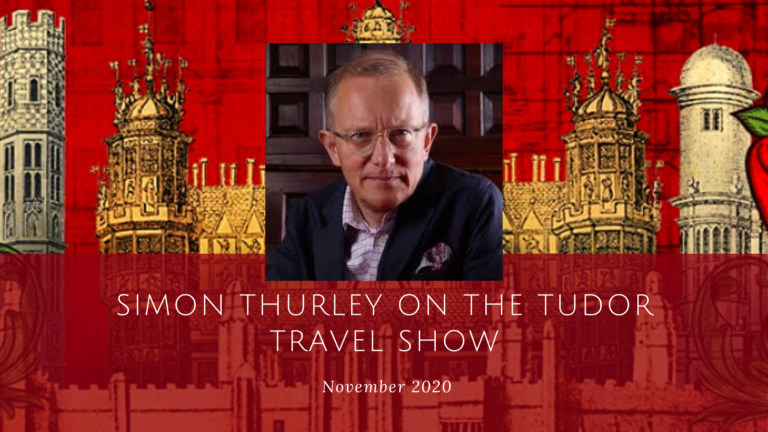

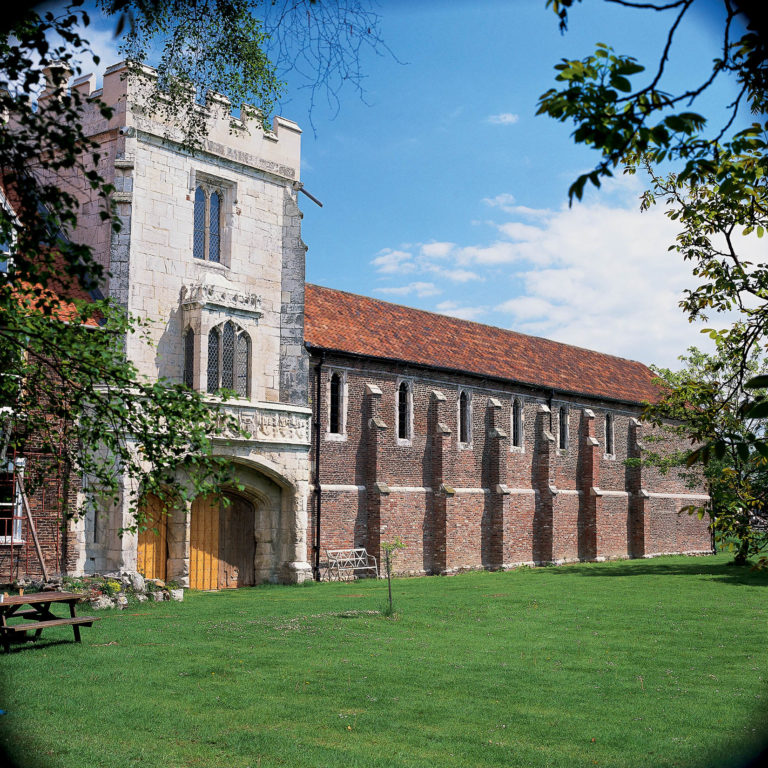
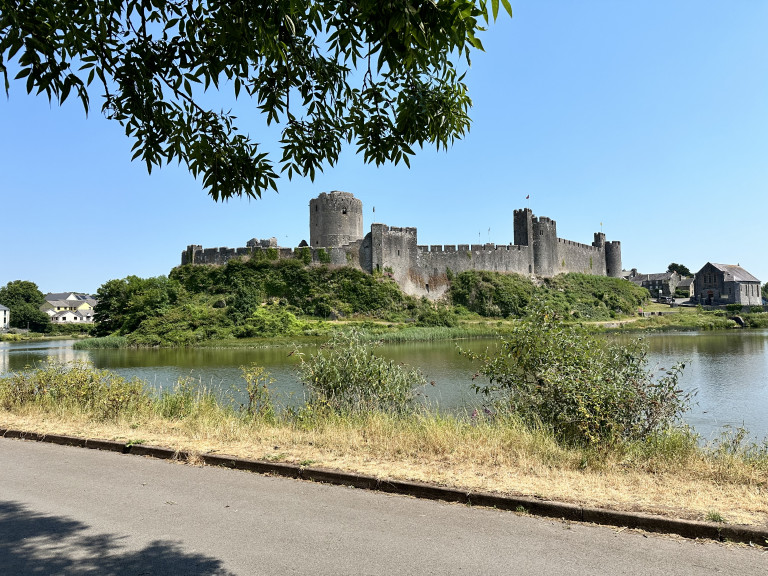
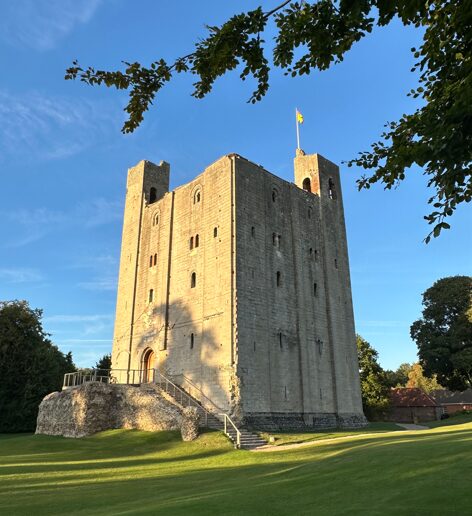
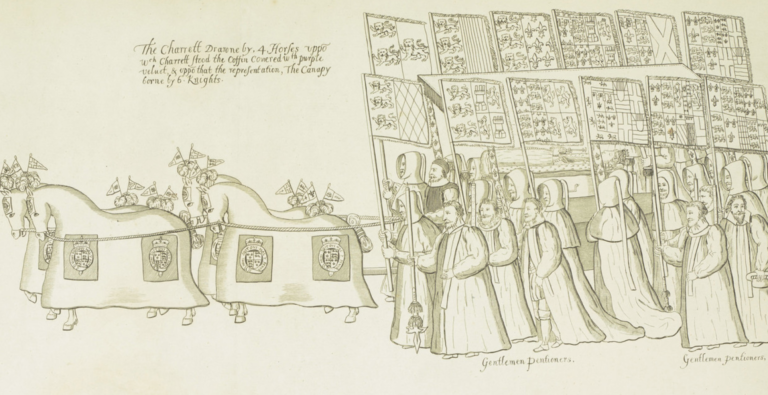
One Comment